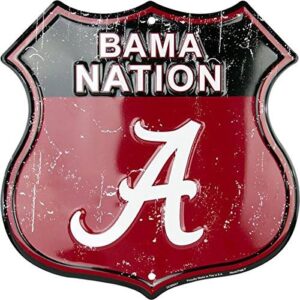This appears to be a case where numbers aren't telling the story. Link to the article.

In the 2012 NFL draft, the first round selections included multiple players from Alabama, USC, LSU and Notre Dame. The Crimson Tide had 4 of the first 25 picks! To hardcore college football fans, these first round draft results are expected since colleges like Alabama and USC are perennial members of the lists of top recruiting classes.
A statistical analysis of draft picks versus college recruiting rankings confirms this simple story. A regression analysis of the number of picks selected from a given school versus the number of five-star, four-star, and three-star players in the school’s recruiting class reveals a significant positive relationship between the number of players drafted and the number of four and five-star recruits. The relationship between three-star recruits and draft picks is insignificant. Specifically, we found that every five-star player signed by a school translates to 0.33 draft picks, and every four-star player translates to approximately 0.09 draft picks. If we examine only players selected in the first three rounds of the draft, then each five-star recruit produces 0.23 picks and each four-star recruit results in 0.05 picks.



